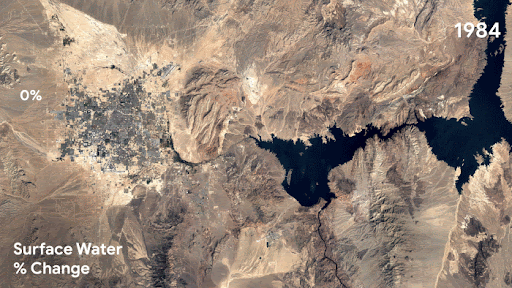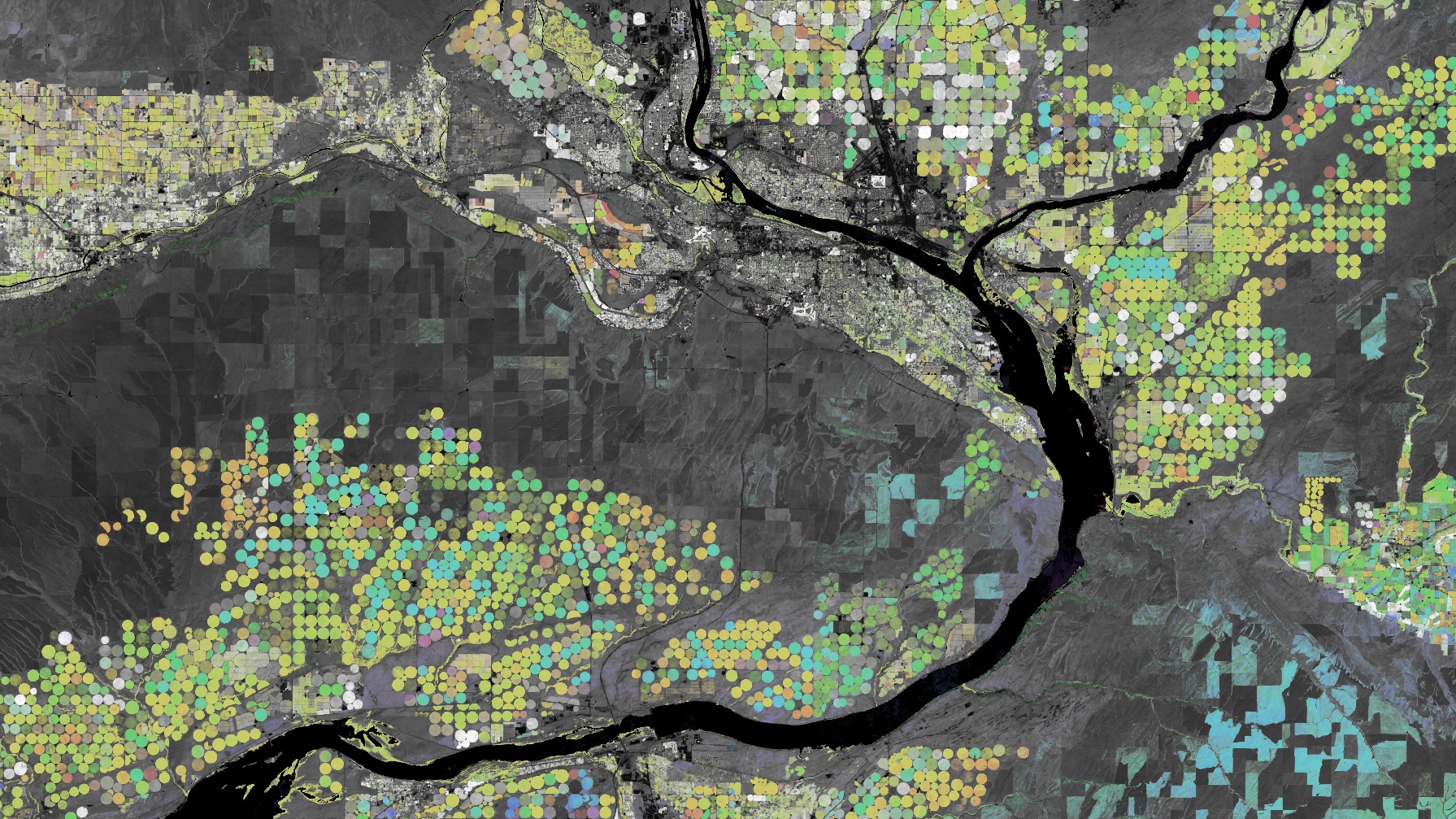If you ask most executives if they want to do the right thing by the planet, chances are they are going to say yes, even if they don’t know exactly what that involves. Some companies could exaggerate their intentions in a process known as “greenwashing,” but companies with more honorable motives need tools to help understand the data about their energy usage, and if they are meeting the goals they have set for themselves.
This week at the first Sustainability Summit, Google Cloud introduced a set of solutions, some building on existing tooling, some new, that are designed to form a sustainability platform of sorts for enterprise companies and governments to set goals, compare against publicly available and internal data and visualize and understand how they are doing when it comes to sustainability goals.
Jenn Bennett, who is technical director for sustainability in the office of the CTO at Google Cloud, says sustainability is such a huge problem, the company wants to give customers the tools to help understand their current state and solve some immediate problems first, taking advantage of the work Google has done internally.
“If I look at a lot of the things that are going on across Google, you may see something like sustainability as a whole. It can involve your food. It’s in your cafeterias. It’s your energy within your data centers. It’s your supply chain and all of your Scope 3 emissions, and yet all these things actually interlink together as a complex ecosystem,” she said.
Google is announcing a set of tools to help, including a new version of Google Earth Engine aimed at enterprise customers, a tool previously only available to scientists and NGOs. The enterprise version gives companies access to sophisticated data with the goal of building high-level visualizations that can show the impact of your company’s raw materials usage on a particular area and how it cascades across the planet.
Rebecca Moore, who directs Google’s geospatial initiatives, says this ability to tap into data pouring in from satellites can give companies real-time insight into their environmental impact. “Google Earth Engine, which we originally launched to scientists and NGOs in 2010, is at the forefront of planetary scale environmental monitoring, with one of the world’s largest publicly available Earth observation data catalogs,” Moore explained.
She added, “It combines data from hundreds of satellites and other sources that are continuously streaming into Earth Engine. This data is then combined with massive geospatial cloud computing resources, which enables transformation of this raw data into timely, accurate, high resolution, decision-relevant insights about the state of the world. This can include forests, water, ecosystems, agriculture and how all of these are changing over time.”

Using Google Earth engine, this image shows how the surface water level changes over decades. Image Credits: Google Cloud
Moore points out that when you bring together data-driven tools like this with Google BigQuery and the Google Maps platform, you get this powerful blend of tooling. “With the power of Google Cloud, and with the intelligence of the Google Earth Engine, we’re helping companies with responsible management of natural resources, while also building sustainable business practices,” she said.

A satellite-derived Earth Engine image showing seasonal agricultural peaks near the Columbia and Snake Rivers in Washington state. The round fields are corn and soy maturing in different months. Image Credits: Google Cloud
The company also announced an audacious goal to be completely carbon-energy free — not carbon neutral, but carbon-energy free — by 2030, an especially difficult challenge when you start dealing with downstream product usage.
One of the tools they are using internally to track those goals is the 24/7 carbon-free energy insights program, which the company will be making available to customers in a pilot program, starting this week.
Maud Texier, head of energy development at Google, says that if the company was the only one to try and meet such a goal, it wouldn’t have much meaning, so they decided to share their insights and learnings with others along the way in the hope that, whether you are Google Cloud customers or not, you can take advantage of the big company’s work.
“24/7 is about sparking a movement of organizations that take an interest into grids where they operate. The bigger-picture goal is to decarbonize electricity usage for all and for good. So for the past 10 years, and together with our partners, we’ve collected insights and knowledge about how to progress your business towards a carbon-free energy future,” Texier said.
Bennett says she knows they aren’t there yet, and that’s part of the reason for laying out such an ambitious goal, but the 24/7 program is about sharing information to help other organizations trying to achieve similar goals. “The thing that I think is really important about 2030 is that it’s about setting a bold mission and enabling a whole bunch of really smart engineers to try to come up with creative and innovative solutions to [climate change] problems,” she said.
Justin Keeble, managing director of global sustainability for Google Cloud, says that the company introduced the Carbon Sense Suite last year to help customers understand their carbon usage on Google Cloud itself. This now incorporates both Scope One and Scope Three emissions and will be adding Scope Two in the coming weeks. Customers will also be able to select “Low Carbon Mode,” which restricts their Google Cloud usage to lower carbon emissions data centers.
The company is also making it easier to measure carbon emissions on non-Google products. “We’re also excited to launch a dedicated IAM (integrated access model) role for carbon footprint. This will enable those non-Google Cloud users to easily access the emissions data and use it for tracking or in disclosures,” Keeble explained.
Bennett says they are just getting started, and that the ultimate goal here is to build a base set of sustainability services, which could allow partners, whether professional service firms like Deloitte or Accenture, systems integrators or even independent companies, to build solutions on top of that platform.
“We’ve launched a marketplace where our partners can build ISV solutions that maybe make it easier for enterprises to adopt [sustainability initiatives] more quickly, but yet still have that foundation of the [Google Cloud] platform underneath,” Bennett said.
The announcements taken together represent a broad set of initiatives, but the ultimate goal is to be a sustainability platform where Google Cloud can share what it has learned, while providing a toolset for companies to understand and act on their own data and climate initiatives.

